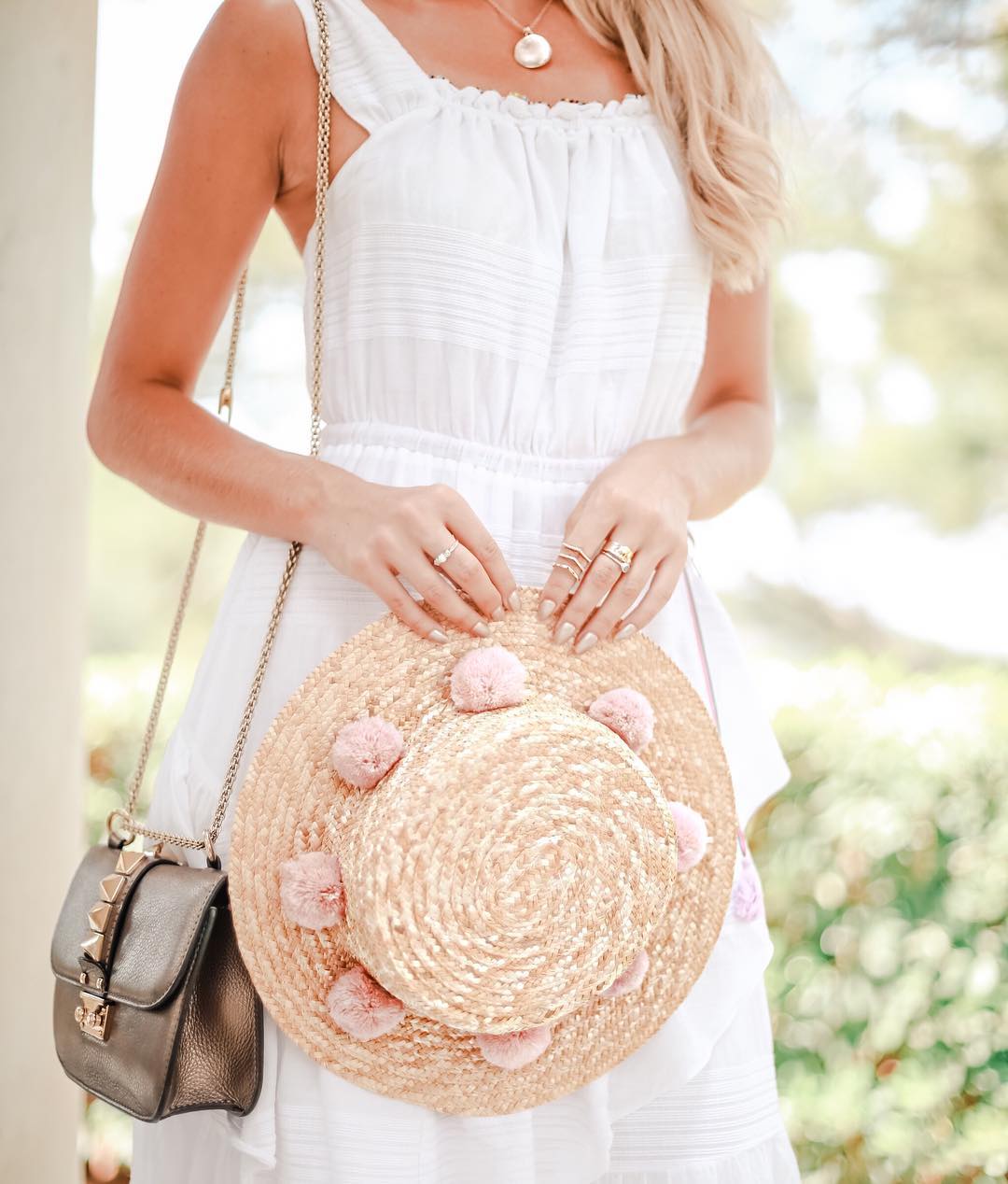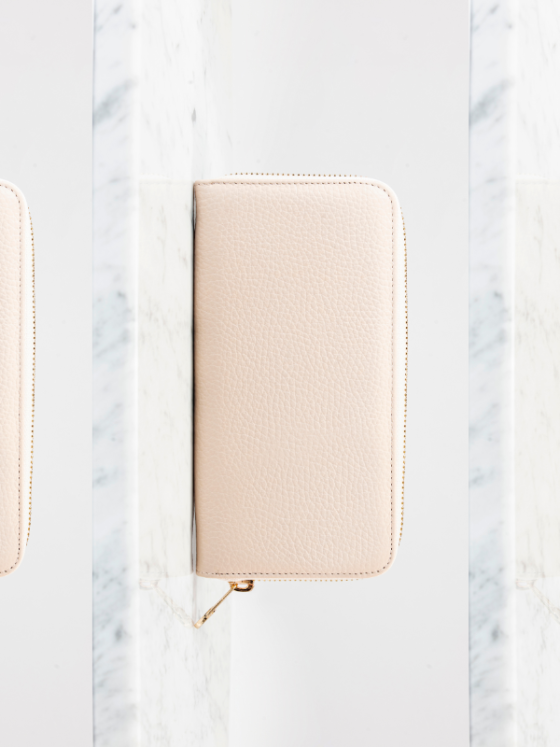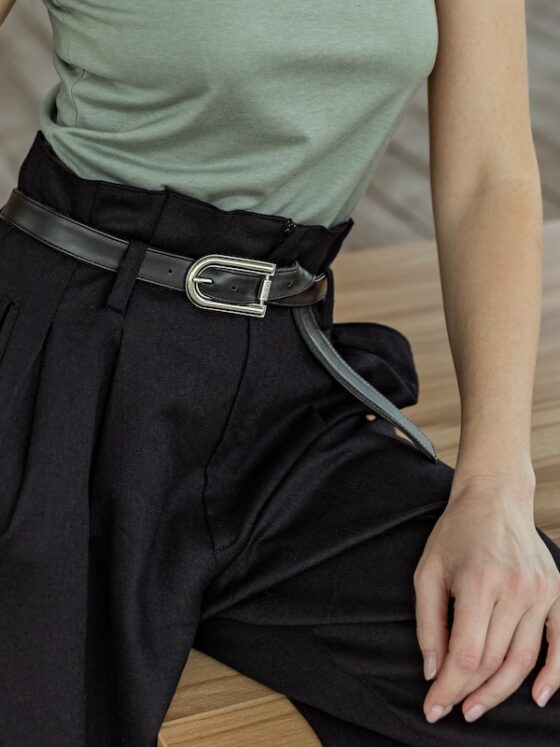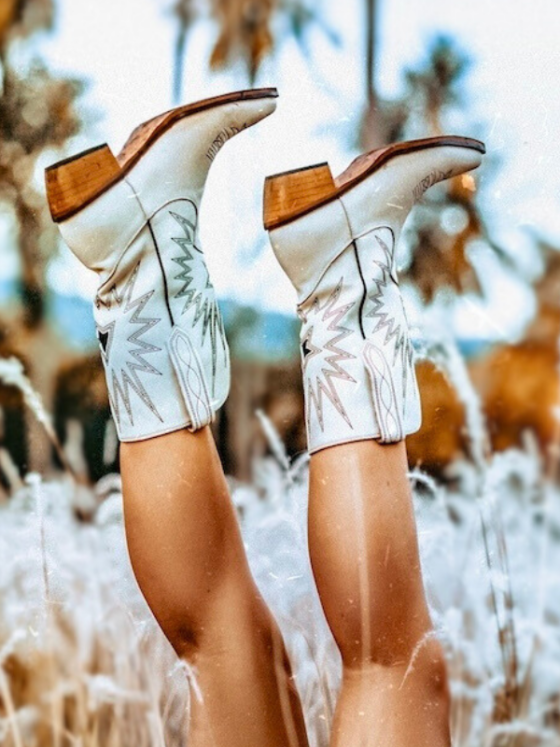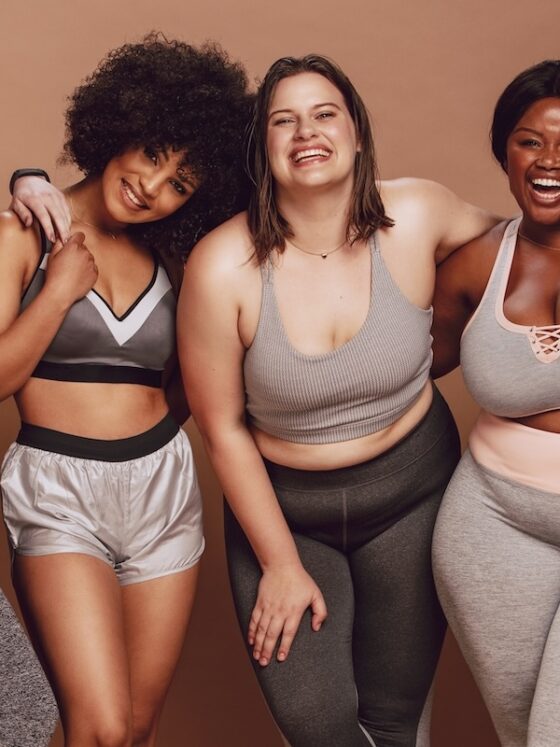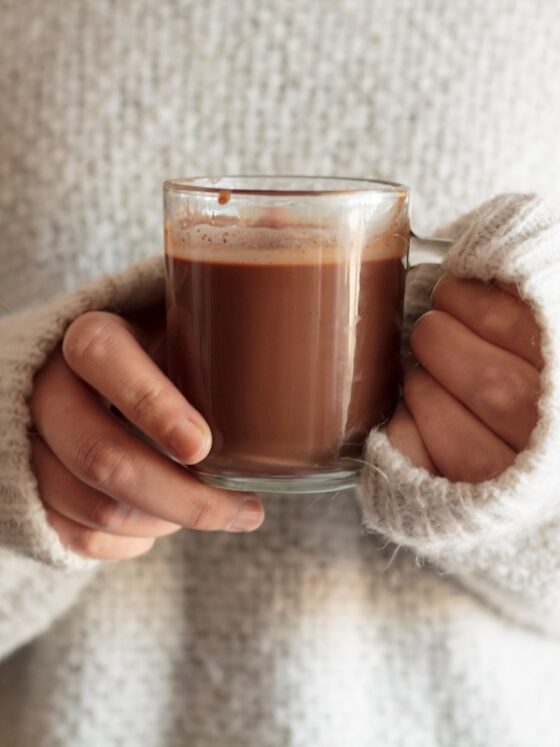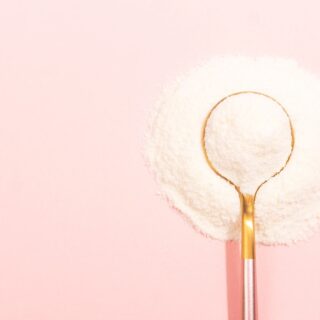What is Vegan Leather? Ranking the Best and Worst Options
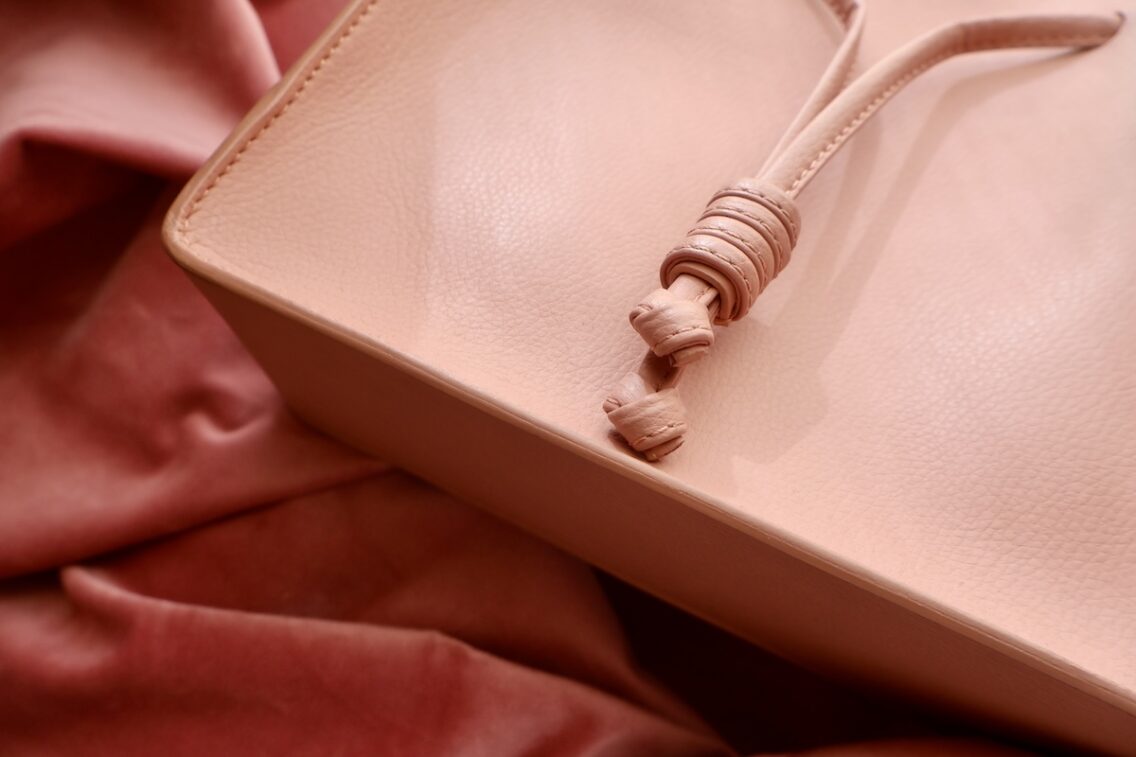
This post contains affiliate links, so if you make a purchase I may earn a commission at no extra cost to you. Learn more here.
What do cactuses, apples, and mushrooms have in common? With innovative techniques, they can all be transformed into luxurious, animal-free leather. Oh, what a time to be alive. Vegan leather has had a renaissance in recent years: once defined by plasticky materials prone to cracking, the category has begun to blossom into a world of beautiful options with the quality to hold their own. But since “vegan leather” is an umbrella term, let’s break it down.
What is Vegan Leather?
Vegan leather is an animal-free alternative to traditional leather. While leather is typically made from cowhide, vegan leather uses a variety of synthetic and/or plant-based components to achieve a similar look and feel, minus animal inputs. This makes it a cruelty-free option for fashion, furniture, and accessories.
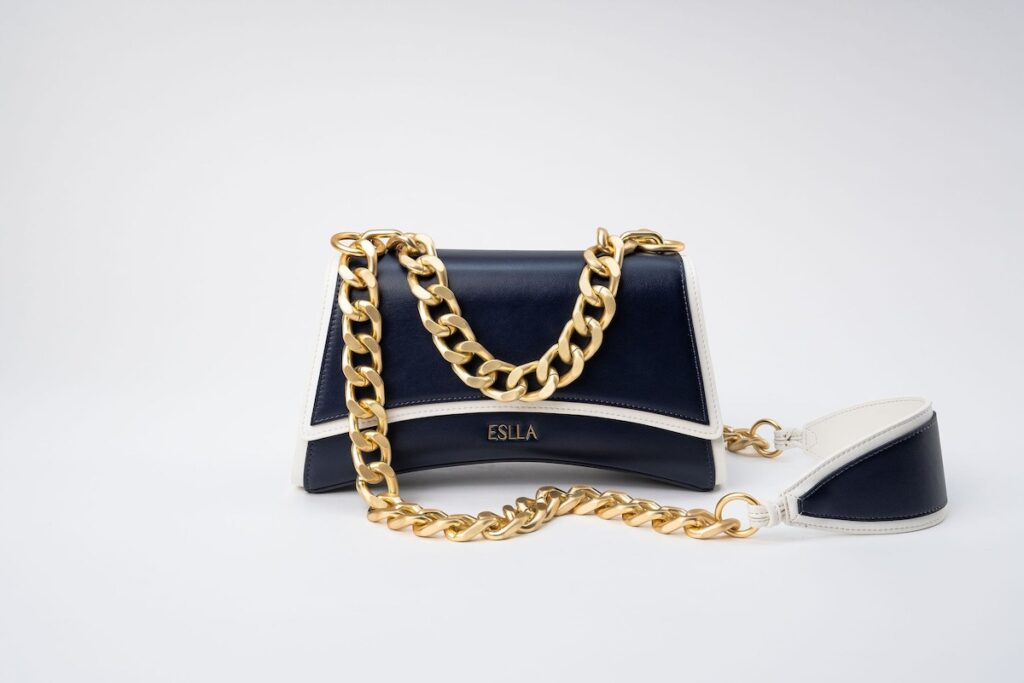
Cactus Leather Dharma Crossbody from ESLLA. Photo: ESLLA.
But the term “vegan leather” doesn’t refer to a single material. Rather, it’s a category that includes a wide range of materials that vary significantly in both quality and durability. On one end of the spectrum, you have inexpensive and environmentally-damaging options like PVC (more on that later), and on the other, you have premium vegan leathers crafted from innovative and more eco-friendly materials. So all vegan leather is certainly not created equal.
What is Vegan Leather Made From?
Because vegan leather is a whole category, its makeup will depend on the specific type in question. Below is a list of some common kinds of vegan leather you’ll encounter. The first category includes the classic (and sometimes infamous) options. The second category highlights the wave of innovative varieties that have emerged in recent years.
1. The Classic Vegan Leathers
These two vegan leathers—PU and PVC—have been around for a long time. Both are plastic-based, but they differ significantly in quality and eco-friendliness. Together, they make up the majority of what you’ll find when you come across “vegan leather” in fashion and furniture out in the world.
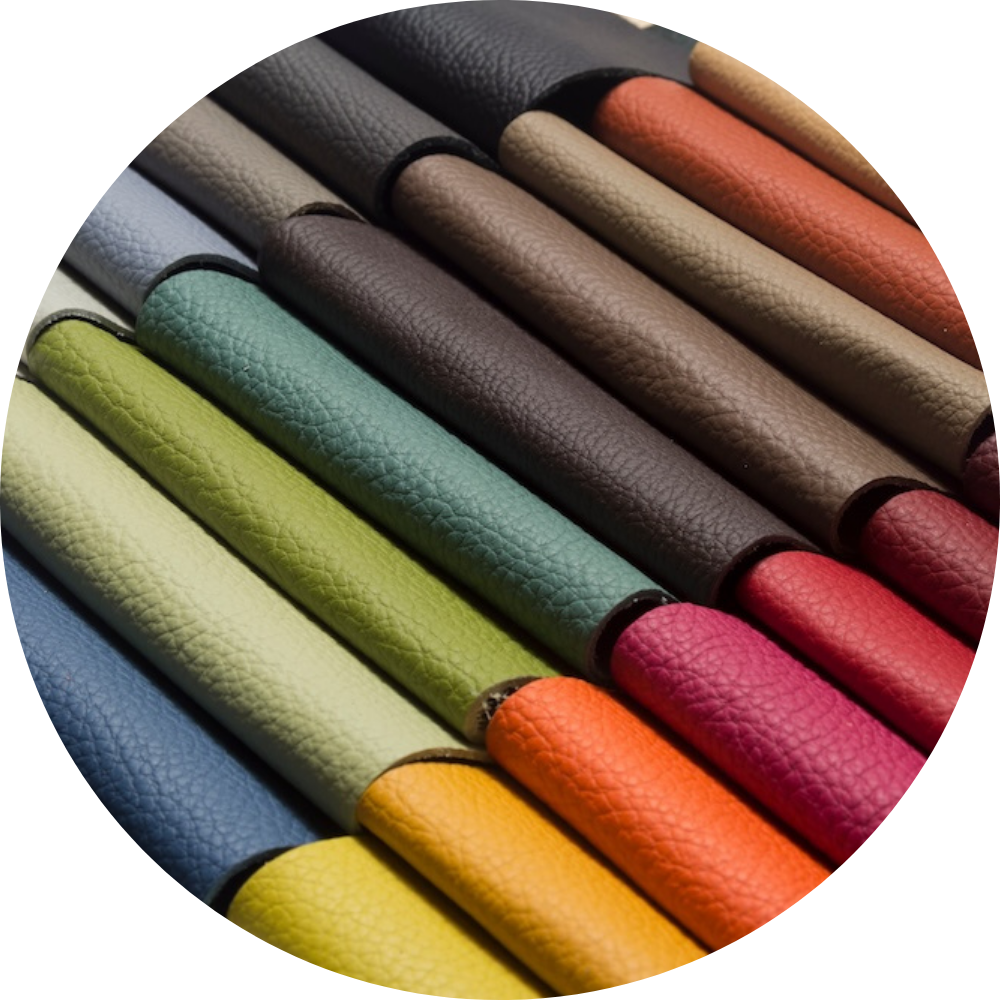
PU (Polyurethane) Vegan Leather
PU is a very common type of vegan leather, made by coating a base fabric (like polyester) with polyurethane (a plastic). It’s reminiscent of traditional leather, though its texture tends to be more uniform.
Because PU leather is made of plastic, it’s not altogether eco-friendly. But it’s still a fraction as resource-intensive as traditional leather (see exhibit 16 via that link). It’s also much more affordable than many of the more innovative vegan leathers in the list below.
Note: The terms “PU leather” (which is vegan if 100% PU) and “bicast leather” (not vegan) are sometimes used interchangeably.
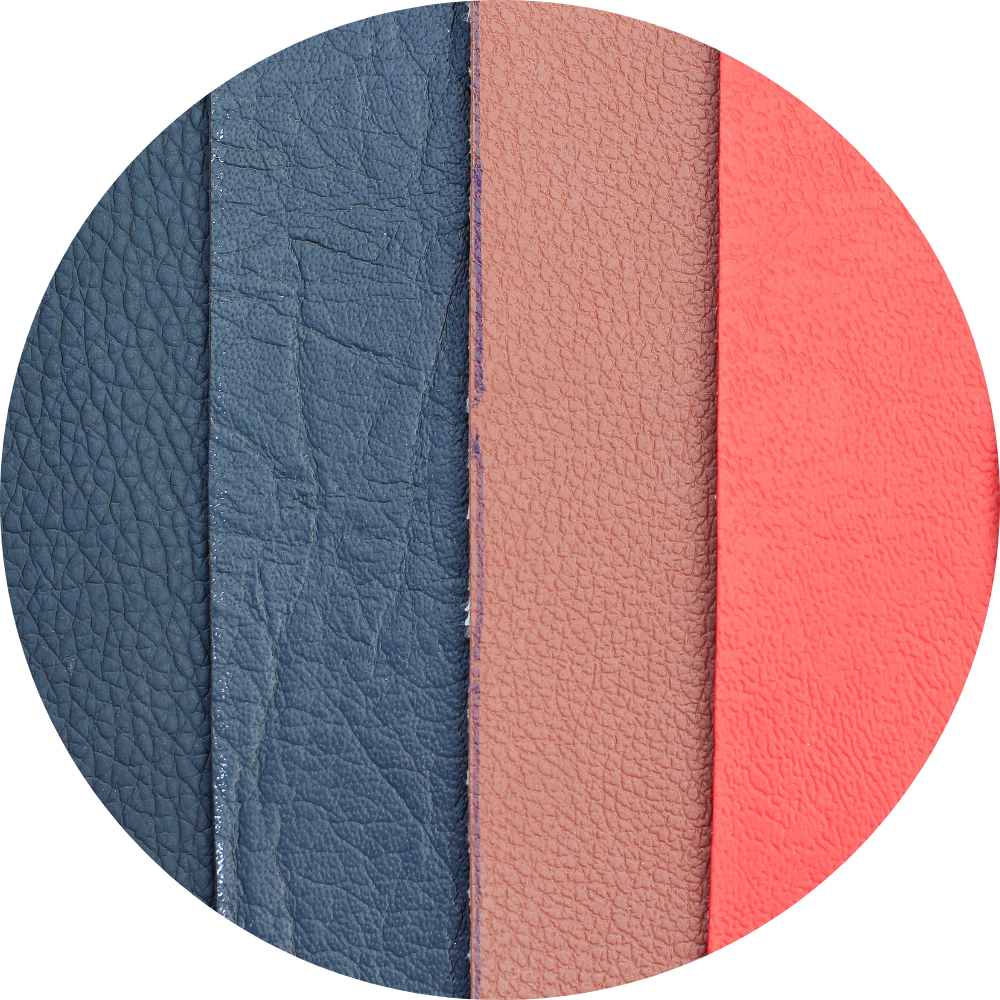
PVC
When you see a super affordable vegan leather item, odds are that it’s PVC. I’ll quote directly from this National Library of Medicine article, “PVC is considered as the most environmentally damaging plastic and one of the most toxic substances for inhabitants of our planet.” So… steer clear of this one! There’s not much more to say than that; it’s a super cheap and problematic material. Thankfully, there are a lot of ethical brands that are aligned on this point and refuse to use any PVC leather in their products. (All brands featured on Florah avoid it.)
2. New Age Vegan Leathers
This is where the vegan leather renaissance is happening. These options (except for one type of mushroom leather) still use plastic, usually in the form of a protective coating. So they’re really plant + plastic-based. But, hot take, it would be nearly impossible for innovations to come out of the gate ready to compete with leather and already be 100% eco-friendly. It’s a journey. And compared to PVC and even to PU, these vegan leather options tend to be less resource-intensive and contain less plastic. Items made from these more innovative materials tend to run pricey.
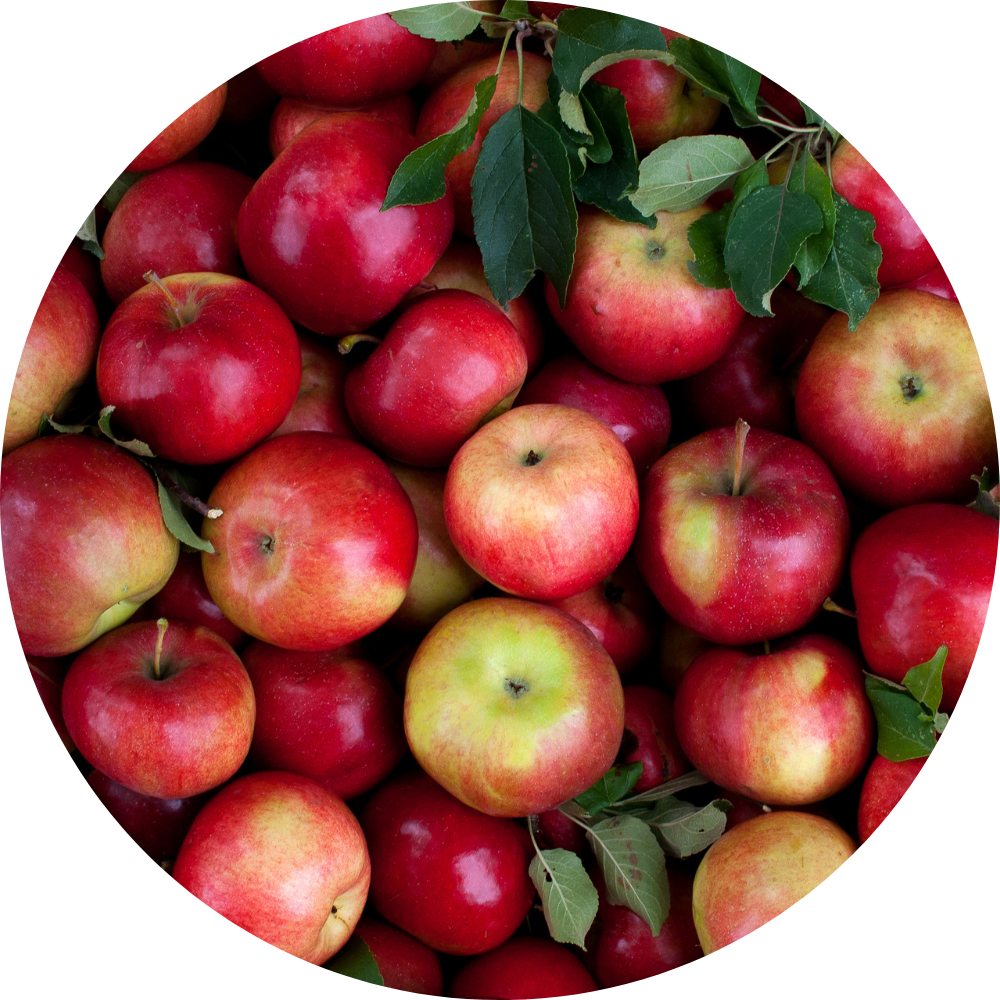
Apple Leather
Apple leather is made of the leftovers from apple juice production. The apple waste is dried, ground into a powder or flour, mixed with polyurethane (PU), and coated onto cotton or polyester fabric. Oliver Co (maker of apple leather accessories) shows a diagram of apple leather vs. PU leather’s environmental impacts. It makes clear that, despite still using plastic, apple leather is a more sustainable choice. AppleSkin (Vegatex) is one popular supplier of apple leather.
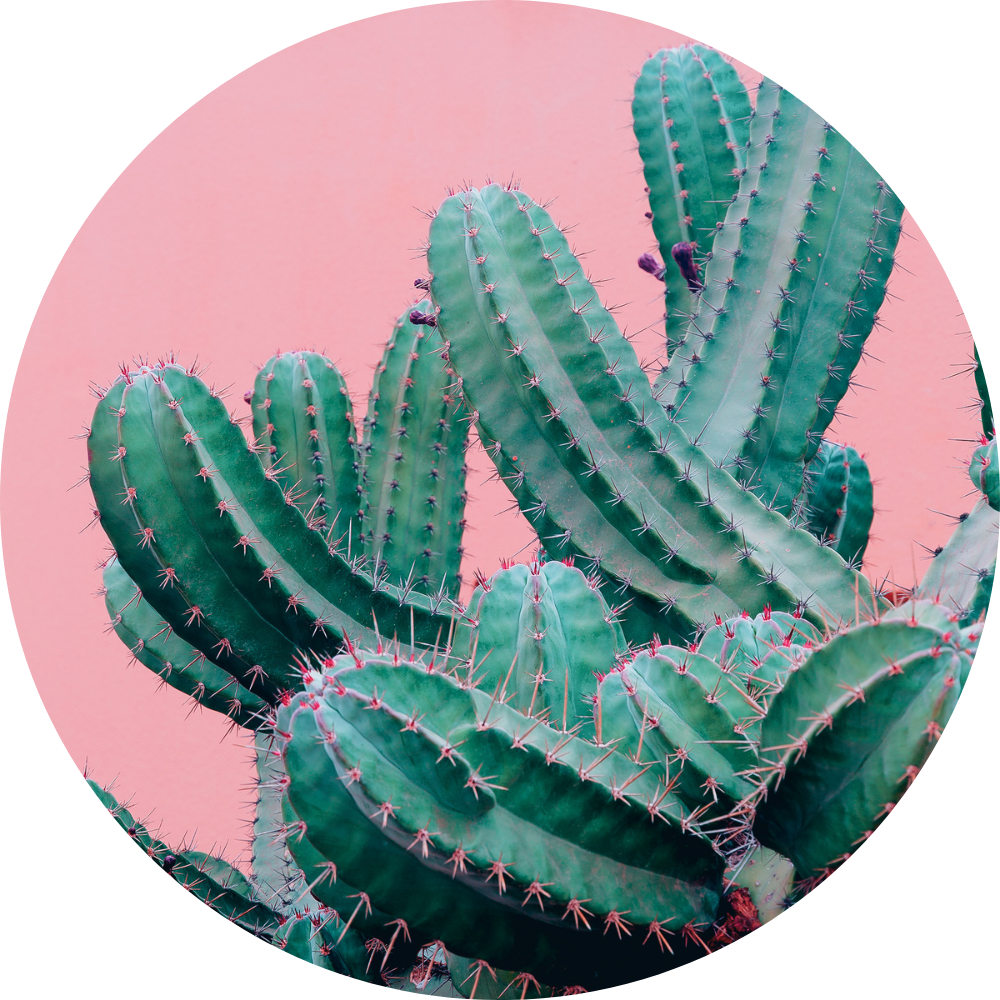
Cactus Leather
Cactus leather, which might sound a li’l prickly, is in fact smooth, luscious, and breathable. It’s made by harmlessly harvesting the leaves from the prickly pear cactus twice a year. The leaves are smashed, sun-dried, and turned into a powdered protein that’s mixed with dye and turned into bio-resin. That resin is then poured onto a base fabric like cotton or polyester – and voila! Cactus leather is notably more sustainable than animal leather and PU leather on key metrics including energy use, water use, and carbon. Desserto is currently the only supplier of cactus leather on the market.
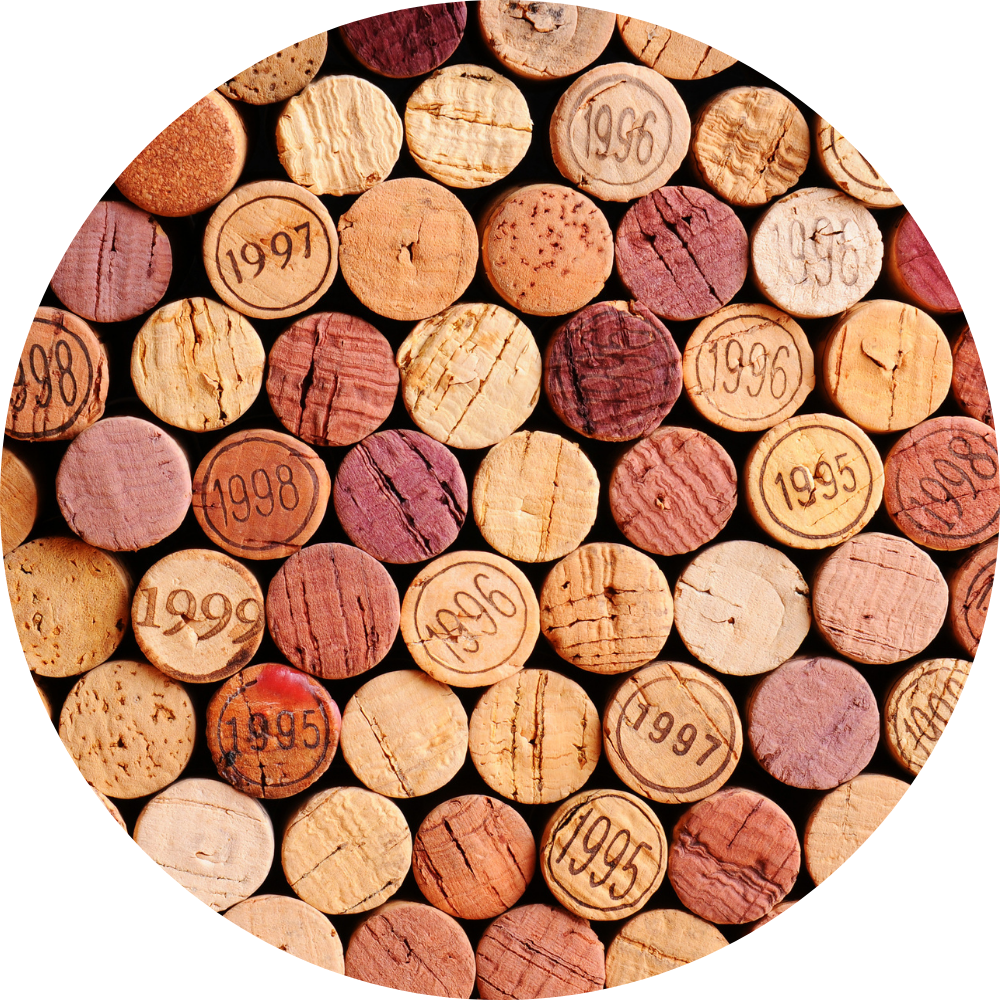
Cork Leather
Cork leather comes from the bark of the cork oak tree. The bark is taken from the tree every 9 years—without harming the tree—and it grows back before being harvested again. After the cork is sustainably harvested, air dried for several months, boiled, steamed, heated and pressed into blocks, it’s sliced into thin sheets and ready to be used as material. (Some cork leather involves a PU coating and fabric backing.) As a finished material, cork is waterproof, lightweight, stain-resistant, and easy to clean. It does have a characteristically corky look, feel, and texture that differs from traditional leather and other vegan leathers.
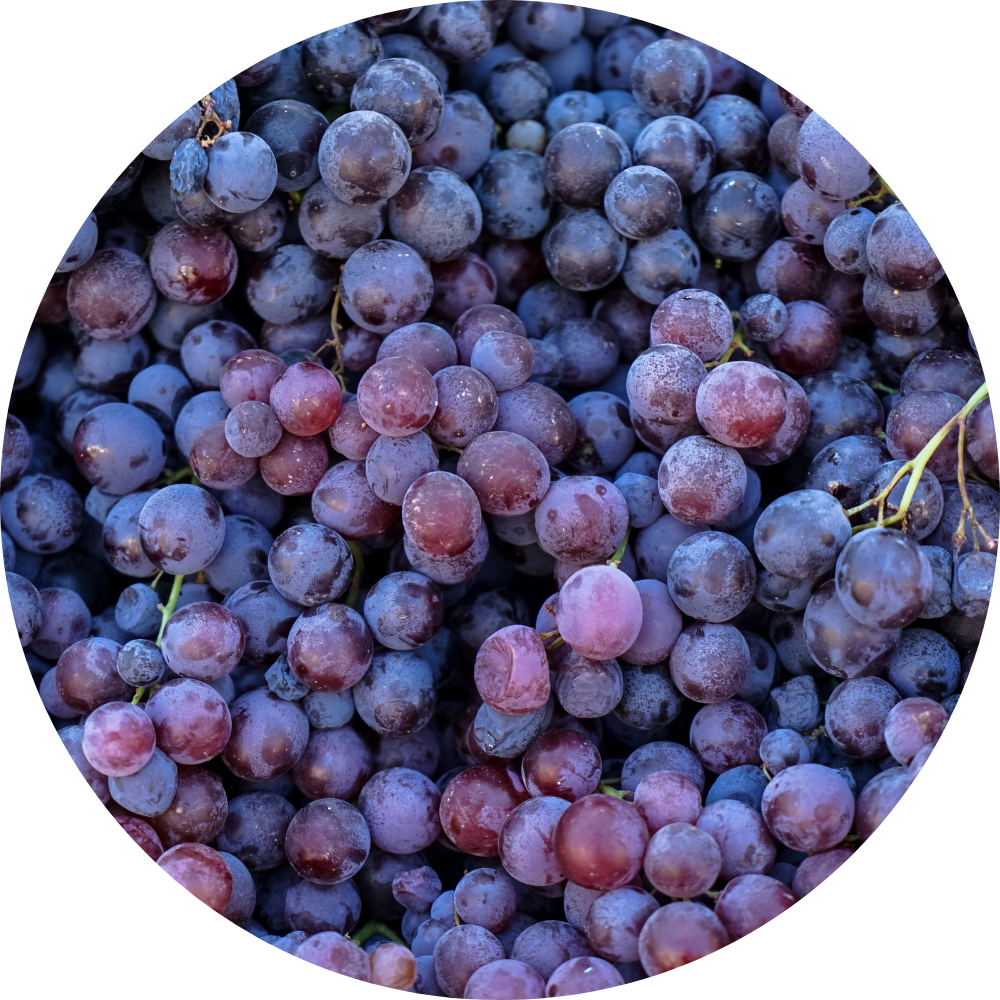
Grape Leather
Now you can have your wine and wear it too. Grape leather uses the waste from wine production. Similar to the way that apple leather is made, grape leather is made by dehydrating grape waste, mixing it with polyurethane (PU), and applying it to a fabric backing. Vegea is the big grape leather supplier, and theirs is made, from the most recent data I can find, from 55% grape waste and 45% polyurethane.
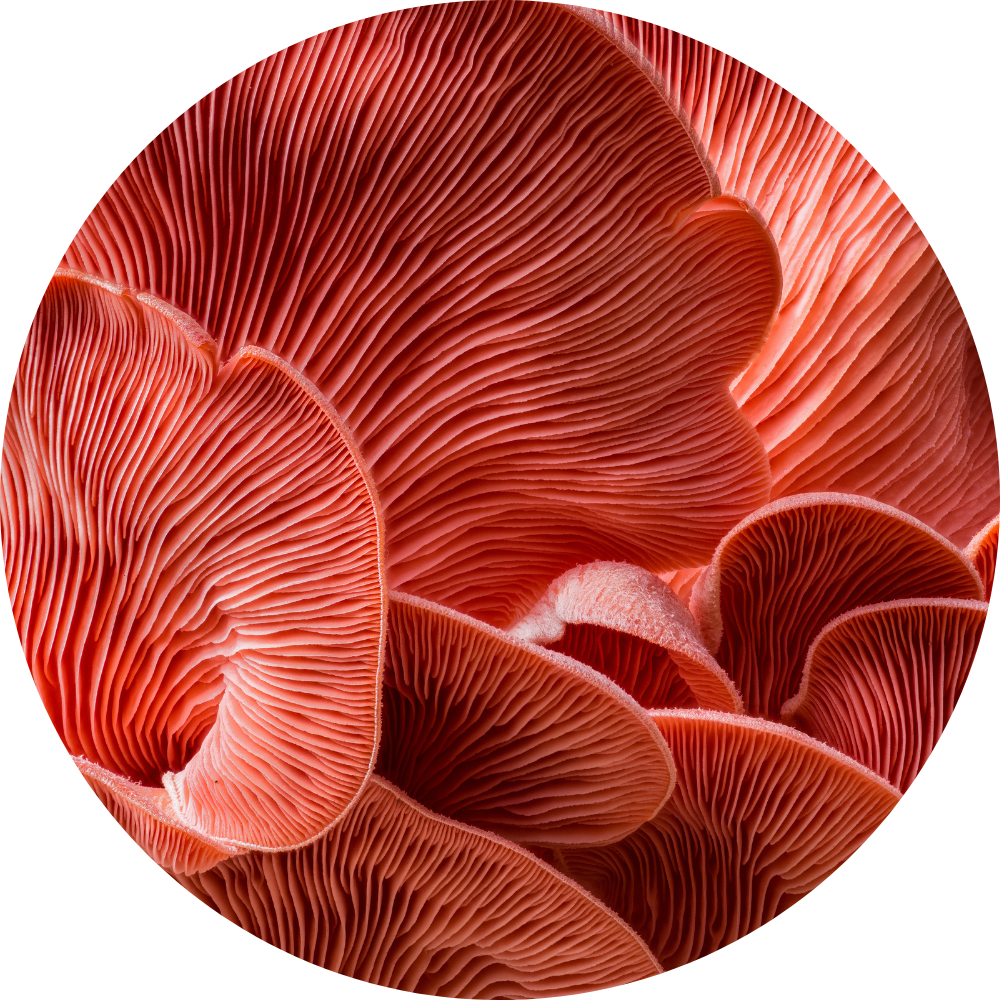
Mushroom Leather
Typically called ‘mushroom leather,’ it’s technically ‘mycelium leather.’ Mycelium is the underground root system of mushrooms. One exciting innovator making this material is MycoWorks, which makes their mushroom leather (called Reishi™), using a unique technology that enables them to use less than 1% plastic content. This technology leverages mycelium’s naturally-strong, thread-like growth pattern, and builds upon it by turning it into unique and customizable fabrics. Bolt Threads also offers a mushroom leather called Mylo™, which features a thin polyurethane coating.
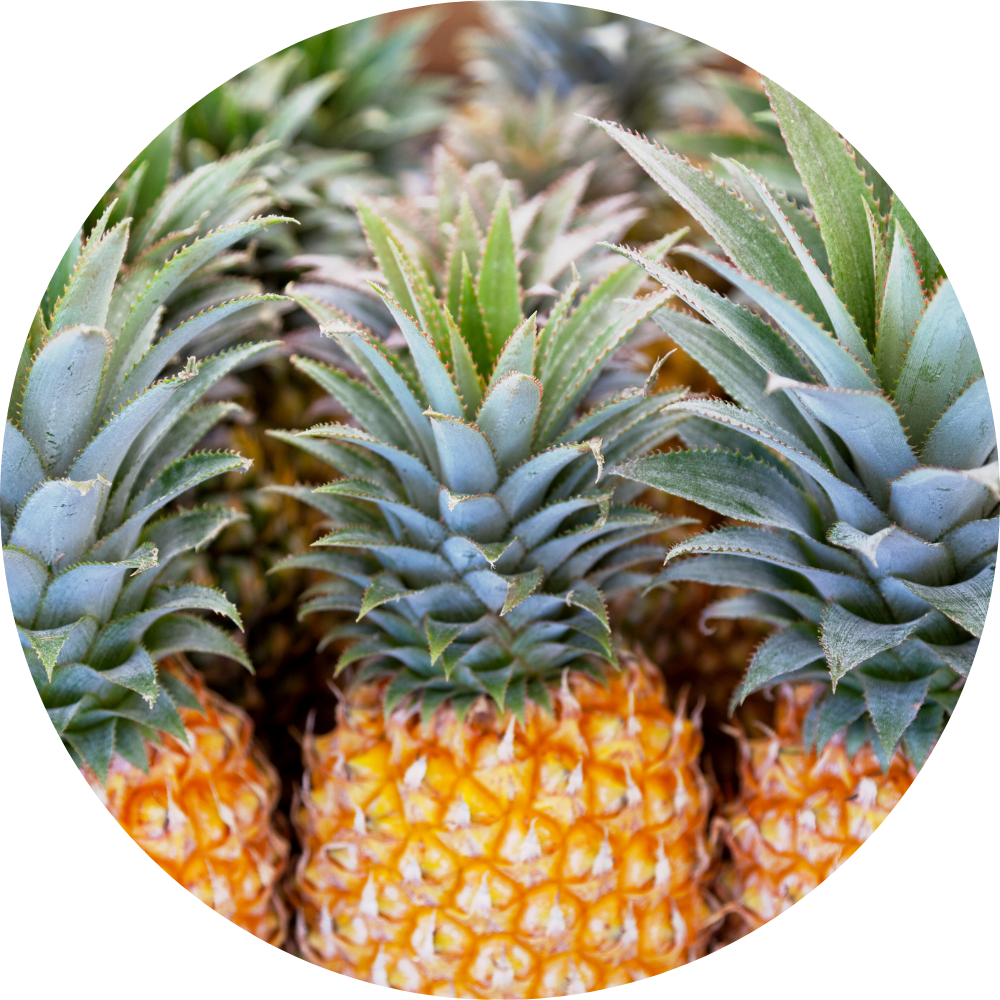
Pineapple Leather
Not even Spongebob’s house is safe from the feverish innovation in vegan leather. Pineapple leather is made from the leaf fibers of pineapples, which are a waste product from pineapple production. Once the fibers are extracted from the leaves, they’re washed, dried, mixed with a corn-based polylactic acid (a plastic), colored, and then coated with resin or polyurethane. Piñatex® is the most common pineapple leather you’ll see, which is made by Ananas Anam. It has a distinct, slightly wrinkly texture.
How is Vegan Leather Made?
The production of vegan leather varies based on the material used. Synthetic leathers like PU and PVC are typically made through a process of coating a fabric base (such as polyester) with a plastic layer to create a leather-like appearance. Plant-based leathers, on the other hand, involve harvesting and processing natural materials like pineapple leaves or mycelium (as described above), which are then transformed into sheets of durable, leather-like fabric using some amount of plastic.
Why Choose Vegan Leather?
There are several reasons you might consider opting for vegan leather over traditional leather:
1. It’s cruelty-free. Vegan leather takes animals out of the equation. If you’re committed to animal welfare, then removing leather from your closet and home is a great way to align your wardrobe and decor with your values.
2. It can be a better choice for the environment. While not all vegan leathers are perfect, many of the newer options have a significantly lower carbon footprint compared to animal leather production. Traditional leather manufacturing involves extensive water use, deforestation, and methane emissions from livestock, all of which contribute to environmental degradation.

3. It’s innovative and stylish. Vegan leather offers a wide range of textures, colors, and finishes. Whether you’re looking for a sleek, glossy look or a more natural, rugged appearance, there’s a vegan leather option for every style. Plus, some of the most covetable brands today are using these beautiful new materials—see below!
What’s Wrong With Traditional Leather?
Quick caveat on this section: Florah is a sustainable plant-based lifestyle site, whose goal is to help you discover kinder products to love. As such, the site is fundamentally against large-scale animal agriculture, so there’s an implicit bias in favor of non-animal materials. (On the other end of the spectrum, look at The Real Leather Company’s article on vegan leather and you will, believe it or not, find a negative take on leather alternatives.)
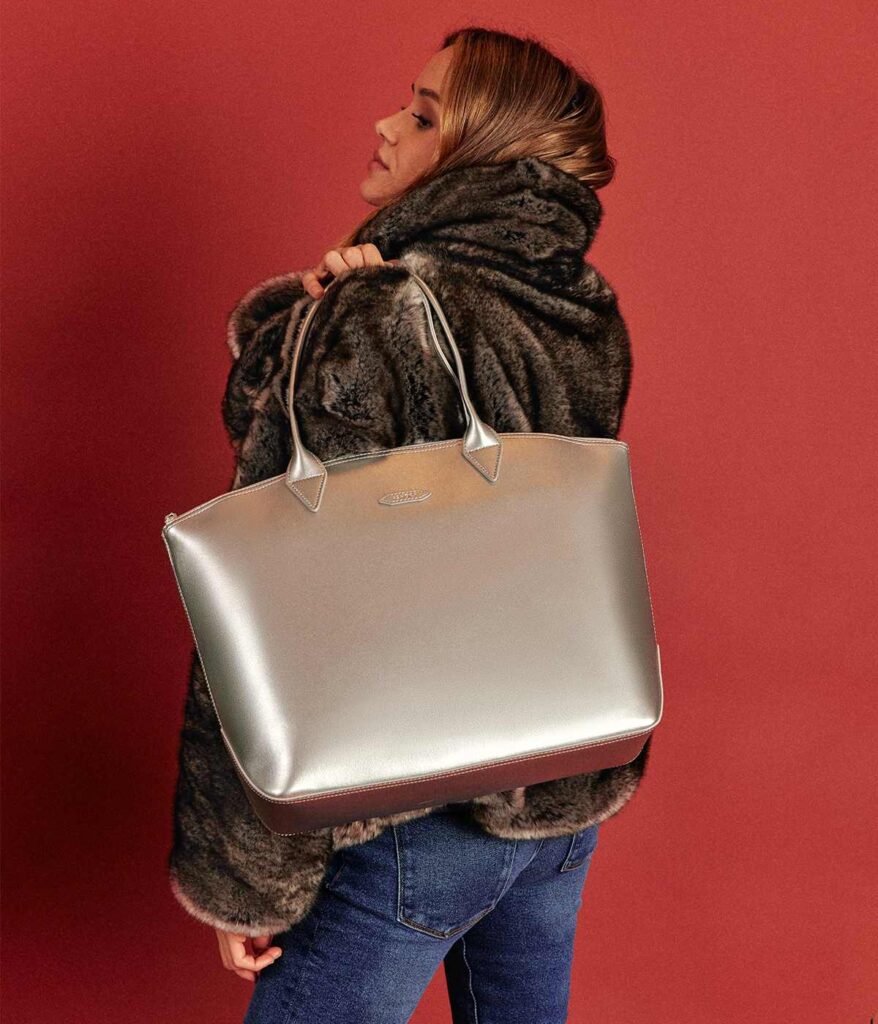
Apple Leather Bag from Ashoka Paris. Photo: Ashoka Paris.
The point is that it’s hard to find unbiased sources, which can be confusing and frustrating as a reader. Indeed, the research for this post felt a lot like that. But I did my utmost to be level-headed and to look at both leather industry sources and environmental/vegan sources. Below are my findings.
Leather isn’t just a by-product, but how relevant is that anyway? Here’s what I mean:
A common argument in favor of traditional leather is that it’s just a by-product of the meat industry. So, the reasoning goes, we might as well use it instead of letting it go to a landfill. That sounds fair enough, but let’s take a step back.
Animal agriculture on a large scale is objectively bad for the earth. Yes, objectively. Use this calculator to see animal products’ outsized impact on emissions, land use, and water use versus other types of agriculture. Around 90% of Amazon deforestation is caused just by cattle ranching. And large-scale animal agriculture is where the vast majority of leather comes from. (That’s the whole premise of the by-product argument.)
But if the point of the by-product argument is to say that purchasing leather is an ethical choice because it would go to waste anyway… why would the by-product of a deeply unsustainable industry get a free pass like that? If a child laborer in a sweatshop makes dresses and she uses the excess fabric trimmings to make scrunchies, is it fine to buy those scrunchies from her factory on the grounds that they’re just a by-product? Doesn’t really seem like it.
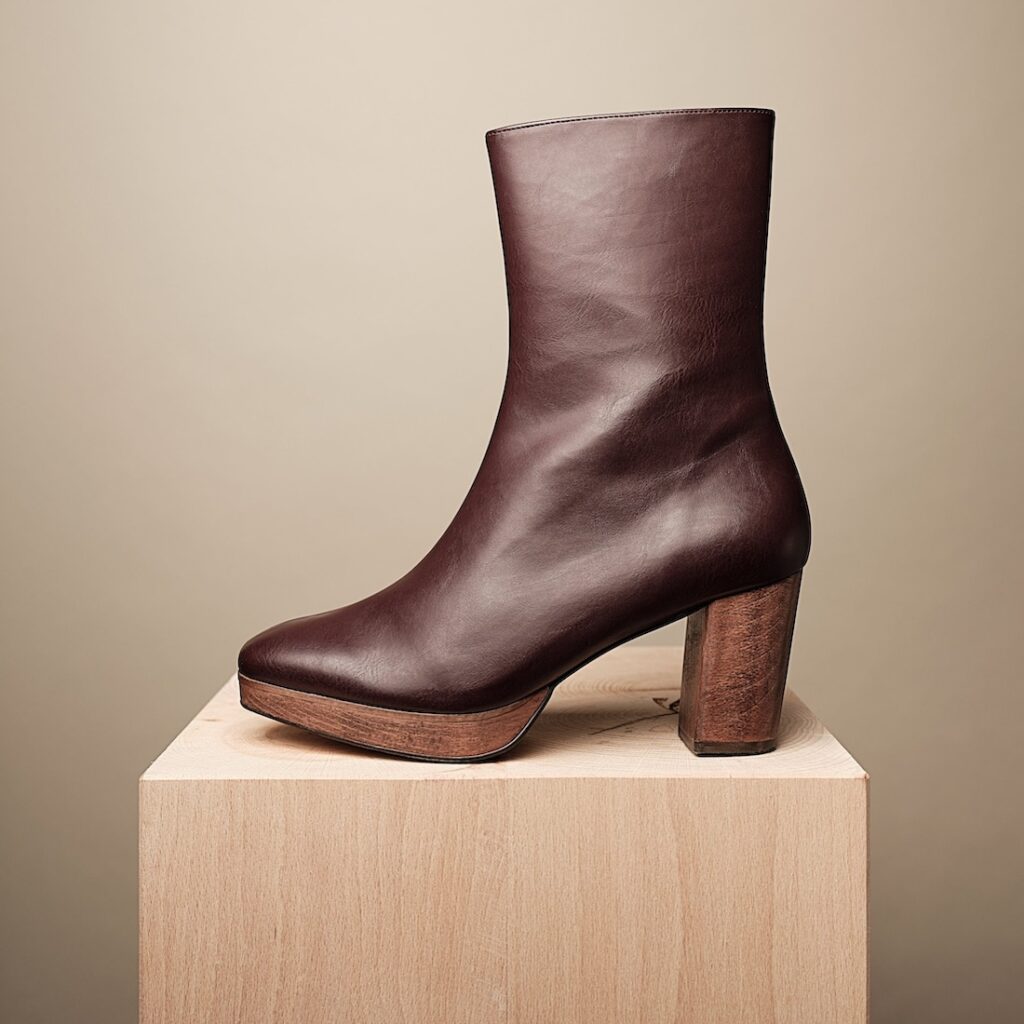
Italian vegan leather ankle boot from BHAVA. Photo: BHAVA.
That fundamental issue notwithstanding: is leather a by-product? I spent hours looking into this single point. The leather industry says yes, leather is a by-product (except for the small percentage of exotic animals raised for the express purpose of becoming leather). Environmental and vegan sources say no, leather is a co-product. Here are quick definitions of those terms:
- By-product: “An incidental or secondary product made in the manufacture or synthesis of something else.” (Oxford Languages)
- Co-products: “Desirable secondary goods that are generated during the manufacturing process and can be sold or reused profitably.” (Microsoft Learn)
So what’s the answer? It’s very hard to find actual data to prove or disprove this. But here’s one line of reasoning using good data:
- The Leather and Hide Council of America offers some insightful numbers in this post, which are pulled from easily verifiable USDA data. Basically, in the US, a farmer sells one cow to a meatpacker for about $1,200 to $1,400. Of that, the hide (skin) of the cow accounts for only $10-$40, minus the $1-$3 it costs to get the hide ready to be tanned. So, the article argues, the hide is clearly a by-product, since it’s such a tiny amount of the final price of the animal. Seems fair.
- But here’s a separate tidbit the Leather and Hide Council of America: “The United States hide, skin, and leather industry exported more than $1.4 billion in combined cattle hides, pigskins and semi-processed leather products in 2021, representing a $506 million increase compared to 2020.” Suddenly that paltry $10-$40 per cow starts sounding like a profitable industry unto itself. (And the global market for animal hide is more like $118 billion. In fact, it’s the world’s 19th most traded product.)
So where does that leave us? I think this is fair to say: leather is a by-product insofar as cows would likely go to slaughter for their meat regardless. But it’s certainly a co-product insofar as $118 billion worth of goods can be classified as, “desirable secondary goods that are generated during the manufacturing process and can be sold or reused profitably.” So it seems like an oversimplification to justify leather on the grounds that it’s, “just a by-product.”
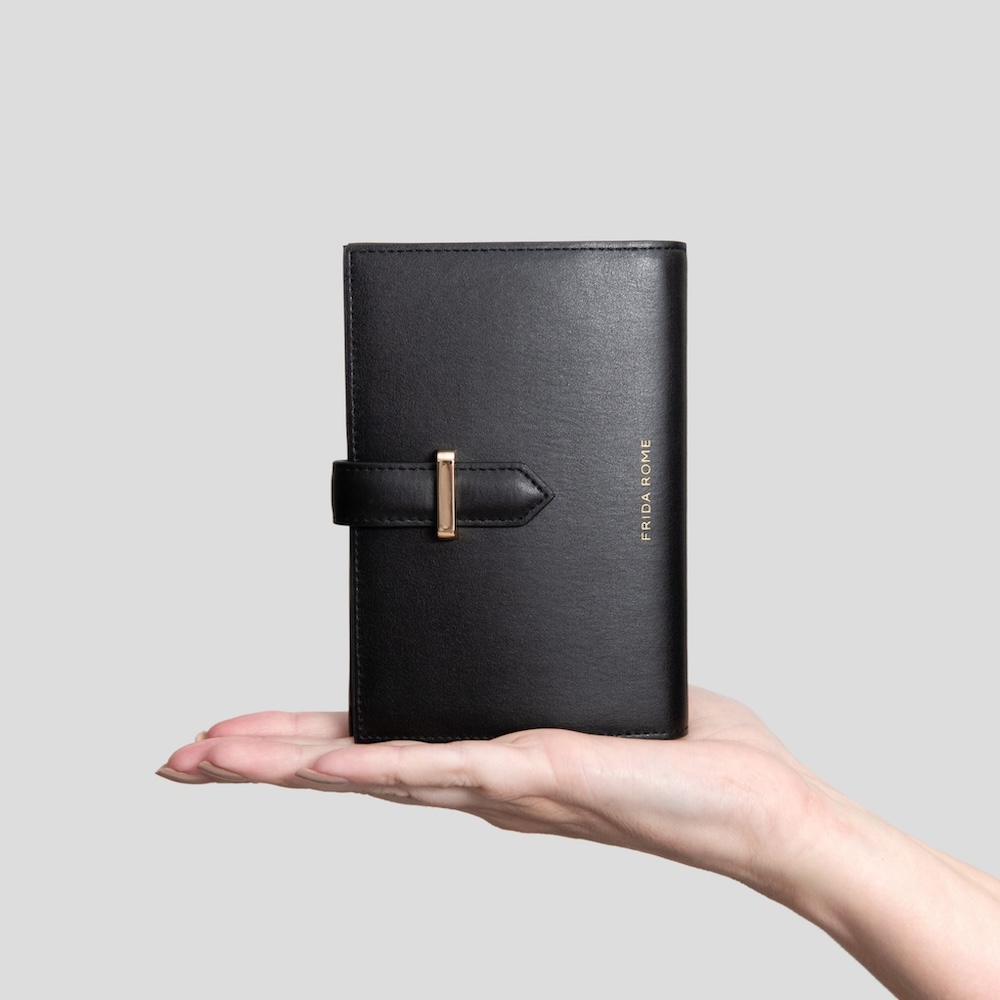
Cactus leather travel wallet from FRIDA ROME. Photo: FRIDA ROME.
There are lots of other issues with leather that go beyond the scope of this post. I invite you to read about them here on Good On You.
The bottom line: if the animal agriculture industry and its major ethical and sustainable issues give you pause, then it’s a safer bet not to support a very interconnected industry like leather. Especially when there are so many other lovely options available nowadays.
Is Vegan Leather Sustainable?
Sustainability largely depends on the type of vegan leather in question. The partially plant-based leathers listed above (apple, grape, cactus, etc.) are among the most sustainable options, since they rely less on plastic. PU leather, while not as eco-friendly, is still less resource-intensive than traditional leather. As discussed above, PVC vegan leather is decidedly not environmentally-friendly.
Brands Using Vegan Leather
If you’re interested in incorporating vegan leather into your wardrobe, check out the brands below. For almost every category I’ve also linked Immaculate Vegan, which is an beautiful marketplace full of sustainable vegan options. IV sorts their collections by material, among other ways, which is fun if you have a particular vegan leather you’re interested in trying.
| Leather Type | Fashion Brands | Furniture Brands |
|---|---|---|
| Apple | Ashoka Paris, BHAVA, Dooeys, HOZEN, Oliver Co, Mela, Svala, VEERAH, Immaculate Vegan | Gus* |
| Cactus | Bohema, ESLLA, Frida Rome, Immaculate Vegan | MasayaCo |
| Cork | Corkor, Murmali, Watson & Wolfe, Immaculate Vegan | |
| Grape | Lérisa, Minuit sur Terre, Immaculate Vegan | |
| Pineapple | No Saints, Svala, Immaculate Vegan | |
| Mushroom | Ashoka Paris, Stella McCartney |
More About Alternative Materials
If you’re interested in the topic of material innovation, there are some cool companies doing interesting things in the space. Some great ones to look out for (with explanatory blurbs from their site) are:
Material Innovation Initiative: “We are a think tank focused on research, knowledge-sharing, and fostering connections to fast-track the development of environmentally preferable and animal-free materials. We cultivate a global market for next-gen materials across the fashion, automotive, and home goods industries.”
von Holzhausen: “We’re von Holzhausen, a team of material innovators on a mission to replace plastic and leather with plants.”
Do you have any accessories or furniture made from vegan leather? What’s been your experience? Leave a comment below!
Featured image by Florah
